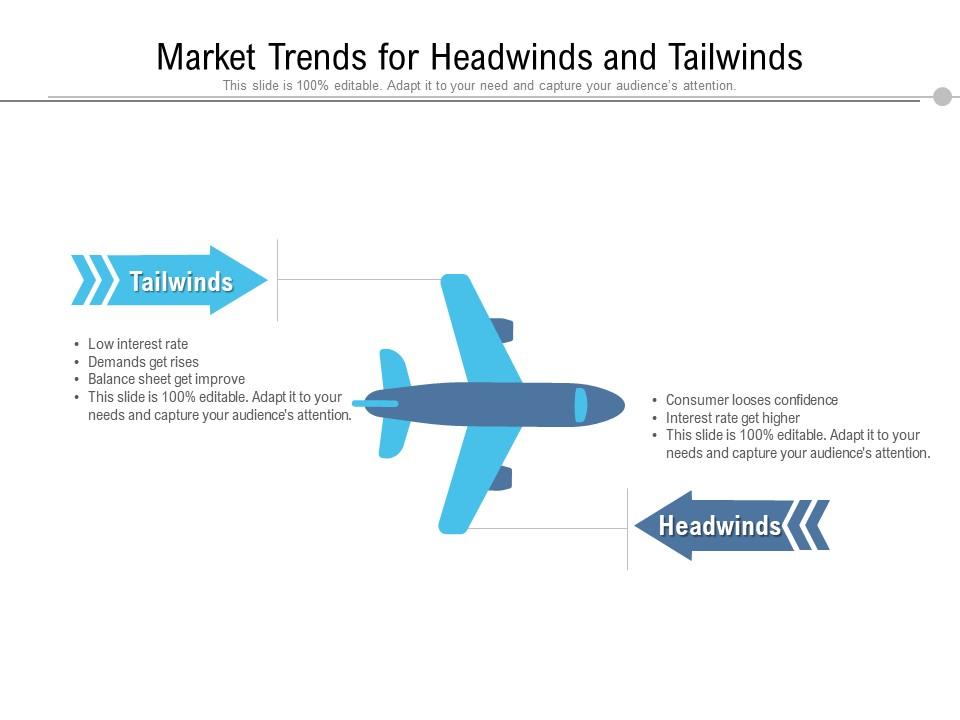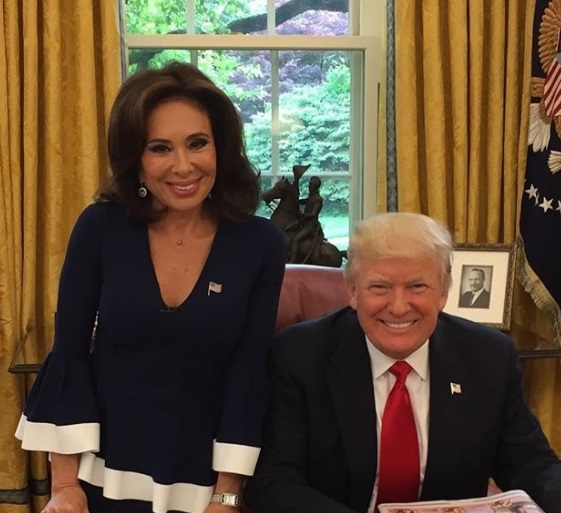The China Market: Headwinds For BMW, Porsche, And Other Automakers

Table of Contents
Intensifying Competition from Domestic Brands
The rise of powerful domestic players is fundamentally reshaping the China market. This competition manifests in two key areas: the explosive growth of Chinese EV manufacturers and the increasing sophistication of established Chinese auto brands.
Rise of Chinese EV Manufacturers
The rapid ascent of Chinese electric vehicle (EV) manufacturers like BYD, NIO, and Xpeng is undeniably disrupting the luxury segment. These companies are leveraging several key advantages:
- Increased affordability of EVs: Chinese EV makers are producing high-quality electric vehicles at significantly more competitive price points than their international counterparts.
- Government incentives for domestic EV purchases: Government subsidies and supportive policies are boosting the adoption of domestically produced EVs, further enhancing their market competitiveness.
- Superior understanding of local consumer preferences: These brands have a deep understanding of Chinese consumer preferences, leading to vehicles tailored to specific needs and tastes.
- Advanced battery technology and charging infrastructure: Significant investments in battery technology and charging infrastructure are providing consumers with a seamless EV ownership experience.
Growing Sophistication of Chinese Brands
Chinese automakers are no longer simply producing budget-friendly vehicles. They are aggressively moving upmarket, producing sophisticated, high-quality vehicles that rival established luxury brands in terms of features, design, and overall brand appeal. This is evidenced by:
- Improved build quality and design aesthetics: Chinese brands are rapidly improving build quality and incorporating sophisticated design elements, making their vehicles increasingly attractive to discerning consumers.
- Integration of advanced driver-assistance systems (ADAS): Many Chinese brands are integrating cutting-edge ADAS features, competing directly with the advanced technology offered by luxury imports.
- Focus on luxury features and materials: They are increasingly focusing on luxurious features and high-quality materials, blurring the lines between mass-market and premium vehicles.
- Competitive pricing strategies: Their competitive pricing continues to put pressure on established luxury brands, forcing them to adjust their pricing strategies.
Economic Slowdown and Shifting Consumer Sentiment
Economic uncertainty and evolving consumer preferences are further complicating the China market for luxury automakers.
Impact of Economic Uncertainty
China's economic growth has decelerated, leading to a decrease in consumer spending and a more cautious approach to luxury purchases. This manifests in several ways:
- Reduced consumer confidence: Economic uncertainty translates to lower consumer confidence, impacting the willingness to make large purchases like luxury vehicles.
- Impact of real estate market slowdown: The slowdown in the real estate market, a significant driver of wealth in China, has further dampened consumer spending power.
- Increased cost of living: Rising costs of living are forcing consumers to re-evaluate their spending priorities.
- Shift in spending priorities: Consumers are increasingly prioritizing essential spending over discretionary purchases, impacting the demand for luxury goods.
Changing Consumer Preferences
Younger Chinese consumers, a crucial demographic, are demonstrating a shift in preferences, prioritizing sustainability and technology over traditional markers of luxury.
- Growing preference for electric vehicles: The demand for electric vehicles is rapidly rising, particularly among younger, environmentally conscious consumers.
- Focus on technology and digital integration: Chinese consumers are highly tech-savvy and expect vehicles to be seamlessly integrated with digital platforms and services.
- Emphasis on sustainability and environmental responsibility: Sustainability is a key consideration for many Chinese consumers, particularly regarding their vehicle choices.
- Desire for personalized experiences: Consumers expect personalized experiences, requiring automakers to offer tailored options and services.
Regulatory Hurdles and Supply Chain Challenges
Navigating the China market also involves dealing with complex regulatory environments and persistent supply chain disruptions.
Navigating Complex Regulations
The Chinese automotive market is characterized by a dense web of regulations, creating significant challenges for foreign automakers.
- Stringent emission standards (e.g., NEV credits): Meeting stringent emission standards and acquiring sufficient New Energy Vehicle (NEV) credits is crucial for operating in the market.
- Complex import tariffs and taxes: High import tariffs and taxes increase the cost of importing vehicles, impacting profitability.
- Bureaucratic processes and approvals: Navigating bureaucratic processes and obtaining necessary approvals can be time-consuming and costly.
- Data localization requirements: Stringent data localization regulations require automakers to store and process data within China, adding to operational complexities.
Supply Chain Disruptions
Global supply chain disruptions, amplified by geopolitical factors, continue to plague the automotive industry, affecting production and sales in China.
- Microchip shortages: The ongoing microchip shortage continues to constrain production capacity.
- Logistics bottlenecks: Logistics bottlenecks are delaying the delivery of parts and materials.
- Increased raw material costs: Rising raw material costs are adding to production expenses.
- Geopolitical instability impacting trade: Geopolitical instability is creating uncertainty and impacting trade flows.
Conclusion
The China market presents a complex and evolving landscape for luxury automakers like BMW and Porsche. Intense competition from domestic brands, economic headwinds, evolving consumer preferences, and regulatory hurdles demand significant strategic adaptation. These brands must aggressively invest in electric vehicles, leverage digital technologies, and carefully tailor their offerings to meet the unique demands of the Chinese consumer to maintain and grow their market share. Successfully navigating the complexities of the China market necessitates a deep understanding of local dynamics and a long-term commitment to investment and adaptation. Ignoring these challenges risks losing significant ground in this vital automotive market.

Featured Posts
-
 Pause On Diversity And Climate Disclosures Canadian Regulators Respond To Criticism
Apr 25, 2025
Pause On Diversity And Climate Disclosures Canadian Regulators Respond To Criticism
Apr 25, 2025 -
 Synduality Echo Of Ada Season 1 Premieres This Month
Apr 25, 2025
Synduality Echo Of Ada Season 1 Premieres This Month
Apr 25, 2025 -
 Josh Fitzpatrick Ex Meteorologist Faces Sexual Extortion Charges
Apr 25, 2025
Josh Fitzpatrick Ex Meteorologist Faces Sexual Extortion Charges
Apr 25, 2025 -
 Stagecoach Festival 2025 Livestream Where And How To Watch
Apr 25, 2025
Stagecoach Festival 2025 Livestream Where And How To Watch
Apr 25, 2025 -
 Bears Unexpected 2025 Nfl Draft Target Electrifying Playmaker
Apr 25, 2025
Bears Unexpected 2025 Nfl Draft Target Electrifying Playmaker
Apr 25, 2025
Latest Posts
-
 Fox News Hosts Fiery Rebuttal To Colleagues Trump Tariff Take
May 10, 2025
Fox News Hosts Fiery Rebuttal To Colleagues Trump Tariff Take
May 10, 2025 -
 The Jesse Watters Controversy Hypocrisy Allegations Following Cheating Joke
May 10, 2025
The Jesse Watters Controversy Hypocrisy Allegations Following Cheating Joke
May 10, 2025 -
 Trump Mulls Jeanine Pirro For Dc Prosecutor A Fox News Perspective
May 10, 2025
Trump Mulls Jeanine Pirro For Dc Prosecutor A Fox News Perspective
May 10, 2025 -
 Jeanine Pirros Remarks Spark Debate Due Process Rights For Us Citizens Sent To El Salvador
May 10, 2025
Jeanine Pirros Remarks Spark Debate Due Process Rights For Us Citizens Sent To El Salvador
May 10, 2025 -
 Jesse Watters Joke About Wifes Infidelity Hypocrisy Accusations Mount
May 10, 2025
Jesse Watters Joke About Wifes Infidelity Hypocrisy Accusations Mount
May 10, 2025
